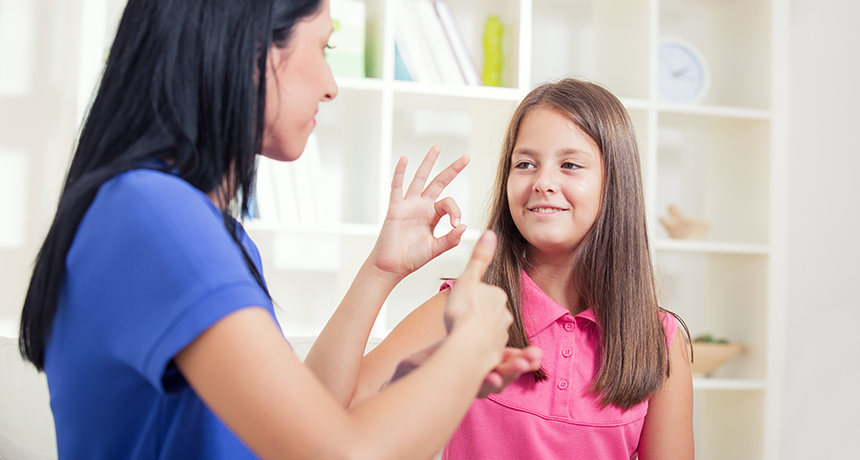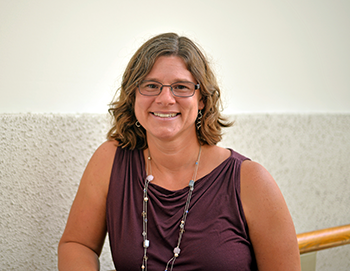Deaf students can overcome hurdles to careers in STEM
One environmental scientist offers up tips, many based on her own experiences

Students who are deaf or hard-of-hearing may face challenges to pursuing a career in STEM. Fortunately, there are resources that can help.
Jovanmandic/iStockphoto
People learn in lots of diverse ways. Students who are deaf or hard-of-hearing, though, can face an extra hurdle: They can’t hear their teachers. But the challenge is not insurmountable. Many hundreds of newly minted deaf scientists prove this.
In classrooms, most students can listen to a teacher talk while other things are going on. Deaf students must instead learn everything visually. Dividing their visual attention between a teacher, an interpreter and a demonstration complicates learning. But if teachers focus on doing just one thing at a time, deaf students can catch everything, notes Caroline Solomon. She is an environmental scientist at Gallaudet University in Washington D.C. Most of the students and half of the professors at this school — including Solomon — are deaf or hard-of-hearing.

Having a teacher focus on one thing at a time won’t help just the deaf. “What you do to accommodate us actually benefits everyone,” Solomon says. Consider a visual chart or infographic. It can show both deaf and hearing people all parts in a complex process and how they fit together.
Simple accommodations can help in the classroom. But deaf students may need additional support when pursuing a career in science, technology, engineering or math (STEM). Networking and mentoring are both important. Solomon and other scientists agreed on that conclusion at a 2012 workshop on deaf students and STEM. Mentoring is about guiding and supporting someone in a field. Networking lets people with similar backgrounds or interests keep in touch. Meet-ups are one example.
Online groups, like a Facebook group for deaf scientists, also are an easy way to network. In the January 20 Science, five researchers proposed developing a “hub” to link up people in the biomedical sciences. An April 28 follow-up in Science by 34 others described a model that they proposed to link science mentors with deaf students and professionals.
Peter Hauser is a psychologist at the Rochester Institute of Technology in New York. He studies deaf individuals, and is deaf himself. He and other deaf researchers have faced many challenges, he said in a profile published July 5, 2016, in Science. One big challenge is that young people who are deaf often don’t see a deaf scientist. “[T]hey don’t have a role model growing up to help them see that they can actually go in and work in these fields,” he told Science.
Since Gallaudet is a university for the deaf and hard-of-hearing, it not surprisingly offers many resources for such students. The university has an online list of more than 145 deaf scientists and engineers. Interested students can look for possible mentors among them. Another Gallaudet website offers links to the personal webpages of more than a dozen deaf scientists. Solomon is one of them.
Plenty of other programs also are encouraging deaf students to consider a STEM career. Among them is the Rochester Bridges to the Doctorate Program. It emphasizes preparation for a PhD in the behavioral or biomedical sciences. It also offers funding to students to prepare for such studies in New York State at the University of Rochester or the Rochester Institute of Technology. Hauser directs that Rochester Bridges program.
Attracting more deaf and hard-of-hearing people to STEM fields is about more than helping individuals, though. “No matter who we are, no matter where we are, science benefits from our entire community.” That’s what Solomon said, earlier this year, at the April 22 March for Science in Washington, D.C. “Science benefits from diverse perspectives and diverse humans.” And deaf or hard-of-hearing individuals are part of the diverse views that can strengthen STEM, she says — both now and in years to come.
This is part of a Cool Jobs series on the value of diversity in science, technology, engineering and mathematics. It has been made possible with generous support from Arconic Foundation.







